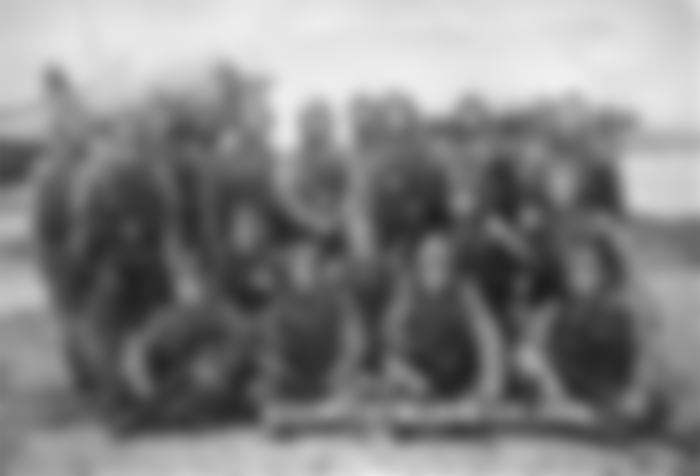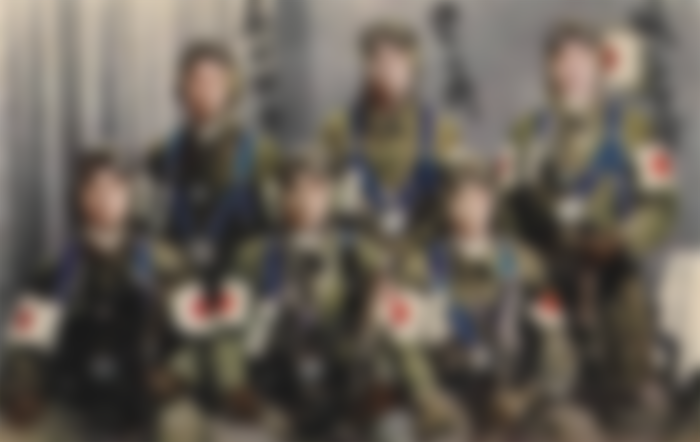Kamikaze was a Japanese suicide pilot, whose task was to hit the target together with the plane. Kamikaze over time became a symbol of insane Japanese commitment to one goal, and this in this case was related to a suicide act committed for Japan itself and the emperor.

The term kamikaze refers to suicide pilots who crashed their planes into American warships during World War II. Their name is associated with a legend from the end of the 13th century, according to which at the moment when the Mongol army was close to victory over Japan, a strong wind appeared which defeated the Mongol invaders. Precisely from that so-called of the divine wind comes the word kamikaze which consists of the word kami which means divine and says in the sense of wind. According to Japanese belief it was the wind sent by the gods to destroy the enemy.

When, towards the end of the Second World War, it became clear that the Japanese were losing, a detachment of people was created who consciously sacrificed themselves for a higher goal, and which could bring them a certain advantage in the war. The first such suicidal act took place only in 1944. After the first great successes, the kamikaze received a separate uniform with the insignia and represented a special unit of the Japanese army. Their results, despite the strengthening of the American air defense, were excellent until people began to be forcibly recruited into this unit.
Less known data on kamikazes:
1. The pilots were supposed to write a farewell letter to their parents before leaving for the mission, and it would be sent after its completion.
2. Pilots were expected to die unconditionally for their emperor, who was considered a living deity. They accepted this, and on their heads they wore a samurai ribbon made of folded white cloth, decorated with poetic calligraphy, as a symbol of courage and calmness, that is, readiness to leave this world. Kamikaze paid homage to himself, his family and the country with his death. These principles are based on a Japanese samurai code called bushido (warrior path).
3. Most kamikazes were very young, and the authorities actually wanted to use young idealistic minds for their own purposes. Kamikazes were honored to “die like falling cherry blossoms in bloom,” as anthropology professor Emiko Ohnuki-Tierney concluded.
4. They did not have a clear vision of the enemy, which was connected with their life inexperience, but also with military propaganda that used romantic romantic enthusiasm, and for which it was worth dying independently of the opponent himself.
5. Some kamikaze pilots survived due to technical problems with their planes.
6. The eldest sons did not have to sacrifice themselves for the emperor, and everyone else was expected to be ready for a suicide mission.
7. Before take-off they would have a festive drink, usually sake (rice brandy).
8. They thought they would meet again with their comrades in the Shinto temple of Yasukuni, located in Tokyo. This temple is dedicated to the worship of the spirits of soldiers who perished in the service of the Japanese emperor.
Selection in the selection of those who can be sacrificed

They all knew that for them the saying "happy for the rest of their lives is an amazing outcome", as one of the few survivors from Kazuo Odachi's kamikaze unit wrote in his book "Memoirs of a Kamikaze", ie they knew they had no time for happiness because their time is numbered.


It is a generation of young people in Japan, who were consciously sacrificed for militaristic purposes, with the cherry blossom, as a symbol of fragility and transience of life, being used in military propaganda. This propaganda targeted a young group of people prone to introspection, arousing in them a sense of the need to sacrifice for a higher goal because life is fleeting anyway. In this way, a selection was created between those for whom such propaganda did not work due to the experiential aspect and the "slap of reality", and those who sacrificed themselves because of their youth and "madness", and on whom today's Japan was created.




